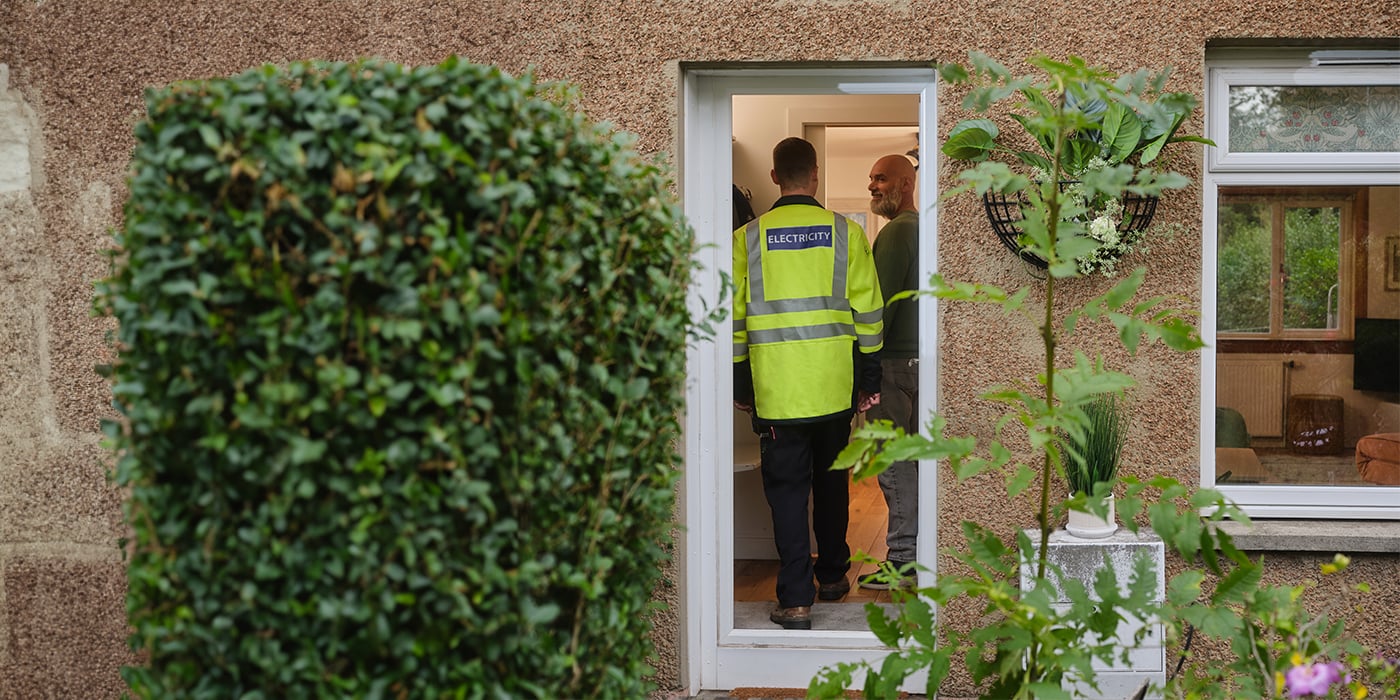Wayleaves and conseting activities
The ICP is required to
Identify all affected landowners and occupiers (any unknown landowners to be identified through Land Registry searches) including tenants and confirm boundaries, from the point of connection to the point of supply.
- Prepare a schedule and plan of land interests
- Secure consent in principle from all landowners, occupiers and tenants
- Assess the project route and access against all ecology, archaeology or hydrology sensitivities using all available sources of information such as, but not exclusively:
www.sepa.org.uk/regulations/authorisations-and-permits/application-forms/
www.gov.uk/government/organisations/natural-england
www.gov.uk/government/organisations/environment-agency
- Secure written consent from the appropriate bodies who administer the above, Scottish Natural Heritage, Natural England, Historic Environment Scotland, Historic England, SEPA, Environment Agency and others as necessary
- Secure all appropriate specialised environmental surveys and provide follow up written reports. Prepare any screening reports as necessary for submission by SEPD/SHEPD
- Identify and secure consents from any other affected interest, including pipeline operators and other utility interests. Ensure no planning restrictions apply to the project route
- Undertake overhead line or underground cable surveys
- Prepare landowner and occupier land rights / wayleave consents from templates provided on the SSE Connections website, or alternatively request SEPD/SHEPD prepare wayleaves on ICP’s behalf for the ICP to issue. SEPD/SHEPD to approve wayleave plans and wayleave consents prior to issue.
- Prepare appropriate substation purchase/lease plans if applicable, to Land Registry standard to include substation site area, or area within a building, access and any associated overhead line/underground cable route/s. Provide SEPD/SHEPD with details of landowner/tenant ownership and their legal agent’s contact/s
- Upon signature of all land rights / wayleaves documents, return these to SEPD/ SHEPD for approval
- Pass to SEPD/SHEPD confirmation that all environmental, and any other consents
have been secured, and that conditions of consents (e.g. planning conditions) have
been complied with/discharged. Forward copies of all environmental reports /
assessments to SEPD/SHEPD - Make good the land following completion of the physical works on the ground.
Negotiate and settle all damage and land/crop loss claims during the defects
liability period - Meet all fees incurred by SEPD/SHEPD and those of landowners, occupiers,
tenants and Land Agents directly - Where the works undertaken by the ICP on assets to be adopted by SEPD/SHEPD
and these require Form B and section 37 consent, the ICP will confirm that they
will undertake all works in compliance with The Electricity Works (Environmental
Impact Assessment) (Scotland) Regulations 2017 and The Electricity Works
(Environmental Impact Assessment) (England and Wales) Regulations 2017 if
applicable, and will comply with all conditions of the Section 37 consent. SEPD/
SHEPD will provide the ICP with a copy of such conditions. The ICP should also
conform with the requirements of paragraph 3, schedule 9 of the Electricity Act
1989,
The above is no more or less than SEPD/SHEPD would undertake if they were carrying
out the wayleave function
SEPD/SHEPD is required to
- In the case of proposed new overhead lines, assess if a Form B planning consent and
S37 consent is required. If so, SEPD/SHEPD will prepare and submit an application
for consent based on the ICP’s plans and design. Section 37 consent is generally
sought after all wayleaves and tenant consents have been secured. - Review any screening report prepared by the ICP and submit to the relevant
authority. - Based on the evidence provided by the ICP, review all signed wayleaves and confirm
acceptance - Review all other environmental consents/assessments and confirm suitability
- Review and submit the ICP’s substation / easement / servitude acquisitions details to
SEPD/SHEPD Legal Services for legal completion. - If requested by ICP prepare wayleaves and return to ICP
- Offer guidance to the ICP to assist in preparing any consent documents including
agreements with other utilities etc
In summary, SEPD/SHEPD has published criteria for its minimum requirements for
land rights. This can be found at www.ssen.co.uk/LandRights/. The website includes
template documents, draft offers, leases, servitudes and wayleaves. No derogations
from the terms of the documents will be accepted without prior approval of SEPD/
SHEPD. All wayleaves, land rights and consent documents must be secured prior to
energisation.
It should be noted that the rights of SEPD/SHEPD secured by a wayleave or tenant
consent, commence only following adoption of the asset by SEPD/SHEPD. The ICP
should satisfy themselves that they have the appropriate permissions in place, granted by
all third-party owners and occupiers to allow the ICP and their contractors to undertake
surveys, construction, and inspection prior to this point.
All works carried out by an ICP for an asset to be adopted by SEPD /SHED
